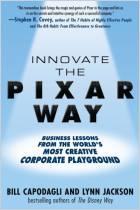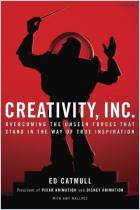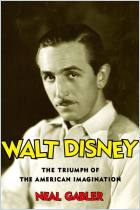Melden Sie sich bei getAbstract an, um die Zusammenfassung zu erhalten.

Melden Sie sich bei getAbstract an, um die Zusammenfassung zu erhalten.
David A. Price
The Pixar Touch
The Making of a Company
Vintage Books, 2009
Was ist drin?
How dreamers and failed leaders built Pixar, the brilliantly successful maker of magical computer-animated movies
Recommendation
This copiously researched, vivid account covers the rise of one of the world’s most successful entertainment companies. Experienced journalist David A. Price fills Pixar’s history with implied lessons about patience in management and running a creative company, but he doesn’t seem much interested in writing a how-to business book, so he sticks to the historic narrative and draws few conclusions. Notably, Price, whose education is in computer science and law, writes more energetically about (and finds more drama in) the origins of computer graphics and the occasional lawsuits Pixar endured than in the harrowing high-wire act it goes through to make each movie – a struggle Pixar’s Ed Catmull and others have discussed and written about often. getAbstract reports that the early parts of the story are the most colorful and dramatic, though the book is an entertaining read and a fascinating business case study all the way through.
Summary
About the Author
David A. Price has written for The Wall Street Journal, The Washington Post, Forbes and other publications. He holds a computer science degree and graduated from Harvard Law School and Cambridge University. He also wrote Love and Hate in Jamestown.






















Comment on this summary